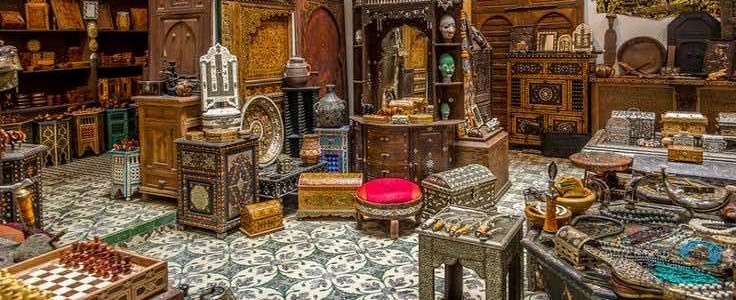(3Minutes Read)
The craftsmen do not work on saddles and rugs anymore, as demand has dwindled. Some of them are off this work for ten years or so. There is no longer a demand for saddles. Despite the felt craft’s history, it faces many challenges that threaten its very existence.
An age-old Moroccan art – wool felt craft -is languishing. This ancient craft of felting has different stages. It begins with the collecting of sheep wool, an essential raw material.
Wool is collected during the shearing season, where it’s carefully sheared to maintain its quality. Next, the wool is cleaned to remove impurities and dirt. This stage requires lots of patience and skill to ensure the quality of the wool. After cleaning the wool, it’s combed using traditional tools made of wood and with metal teeth. The carding process aims to straighten and soften the fibers, leading to the spinning process. After that, the wool is twisted by expert craftsmen, wherein the fibers are wrapped around each other to form strong, durable threads.
After that, a dense foam is created – the result of mixing hot water with black soap and turning it in circular motions with plastic fibers. The foam is then applied in a specific way over the wool fibers to help solidify and transform into felt fabric. The resulting felt may be used to make saddles, rugs, hats, traditional shoes, or even dolls and accessories.
The craftsmen do not work on saddles and rugs anymore, as demand has dwindled. Some of them are off this work for ten years or so. There is no longer a demand for saddles. Despite the felt craft’s history, it faces many challenges that threaten its very existence.
Read Also:
https://trendsnafrica.com/morocco-one-of-the-top-african-leaders-in-ict-development-report-2024/
In the face of challenges, efforts are being made to preserve the wool-felt craft for future generations. The Moroccan Ministry of Tourism, Crafts, and the Social and Solidarity Economy has adopted a training program targeting young people to introduce them to the craft and teach them the necessary skills to practice it. The Ministry hopes to protect the felt craft, not only to preserve cultural heritage but also to support the local economy. The price of wool felt items range from 5 euros to 600 euros (approx. USD 5-649 USD).





